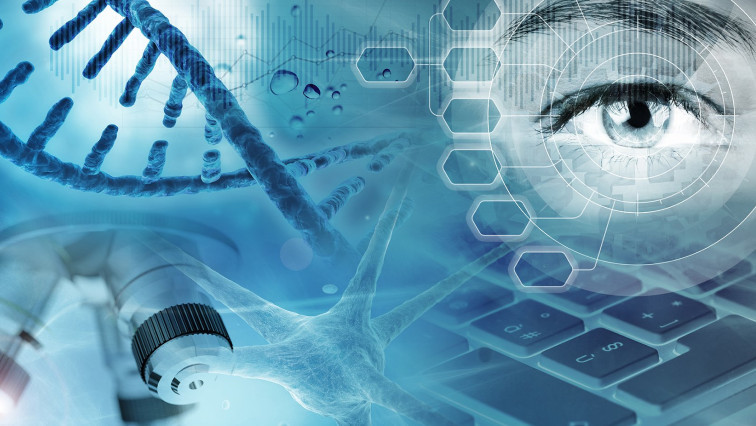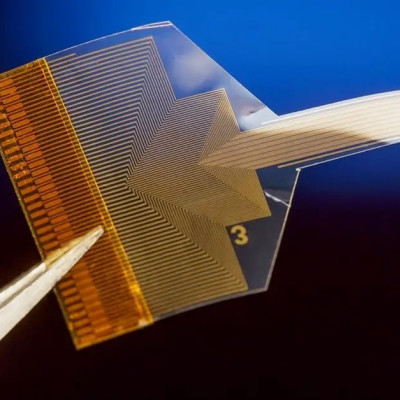You’re based at the Walton Institute in WIT. Where has your academic journey taken you to date?
I have a BSc in Experimental Physics from UCD and PhD in Mathematical Physics from NUI Maynooth. I specialised in quantum chaos under the supervision of Prof Daniel Heffernan at NUI Maynooth and Prof Gerry O’Sullivan at UCD. From 2014 to 2017, I worked as a research fellow investigating ultrafast surface science in Prof Martin Aeschlimann’s Laboratory at the University of Kaiserslautern, Germany, and in Prof Gerry O’Sullivan’s Spectroscopy Group in the School of Physics at UCD. In 2018 I relocated to Walton Institute in WIT, as an SFI Industry Fellow developing artificial intelligence tools for insurance, and researching implantable medical devices for monitoring disease.
I am now Head of Division of the Emerging Networks Laboratory in Walton Institute. Our vision is to develop innovative technologies for 5G/6G wireless, and quantum communication networks. The team’s background is in information communication science, and we have a wide range of expertise in beyond 5G wireless communications, Internet of Things (IoT), network security and knowledge defined networks.
My own research combines nanotechnology, artificial intelligence and quantum physics to develop novel solutions for agriculture, healthcare and ICT. This range of interests arise from my involvement in three SFI research centres. I am a member of FutureNeuro (for neurodegenerative disorders), Connect (for communication networks) and VistaMilk (for digitalising dairy).
One of your current areas of research is the ‘Internet of Bio-nano Things’. What exactly is this?
The Internet of Bio-Nano Things (IoBNT) combines tools from synthetic biology with nanotechnology to enable the engineering of biological embedded computing devices. Bioengineers use biological cells as programmable substrates for realising Bio-Nano Things.
These basic units can operate and interact with their biological environment. They perform tasks typical of embedded computing devices in IoT, such as sensing, processing, actuating and interacting with each other. Promising applications include intra-body sensing and communication networks for monitoring disease, and controlling toxic agents and pollution in our environment.
FutureNeuro announced PRIME, where nanotechnology will be used to treat epilepsy sufferers. What attracted you to the project?
Our director of research at the time, Prof. Sasitharan Balasubramaniam, and I were already collaborating on an SFI project called Nanomote that combined the Internet of Bio-Nano Things with my background in nanotechnology and artificial intelligence.
The vision for PRIME is to develop a synthetic living brain implant that can sense and suppress epilepsy seizures before they happen. PRIME capitalises on a breakthrough discovery made by our collaborators in FutureNeuro and RCSI, Prof David Henshall and Prof Jochen Prehn.
The number of transfer RNA molecules increase in patients in advance of a seizure occurring. We will engineer biological cells to respond to the increase in these biomarkers for epilepsy. Integrating molecular computing functions into the engineered cells allows them to compute the sensed molecules and trigger the release of therapeutic molecules that will inhibit the seizure.
ICT researchers at the Walton Institute are developing a simulation software design tool based on molecular communication of molecules through neural tissue, biocomputing, and artificial intelligence to personalise the device.
Do you think there will be learnings from PRIME that will feed back into more general research on networks?
The multidisciplinary research in PRIME will provide a transformational diagnostic-therapeutic treatment for epilepsy and other neurological disorders. In the future, it may also be possible to adapt the basic principles of PRIME for detecting and treating other diseases with known biomarkers.
You are also interested in quantum technologies. Have any areas of quantum communication research caught your attention recently?
The scale of recent advances in the development of a global quantum Internet. Worldwide investment in quantum technology has reached $25 billion with everyone backing quantum physics to secure future communication networks against cyberattacks.
Read the original article on TechCentral.







